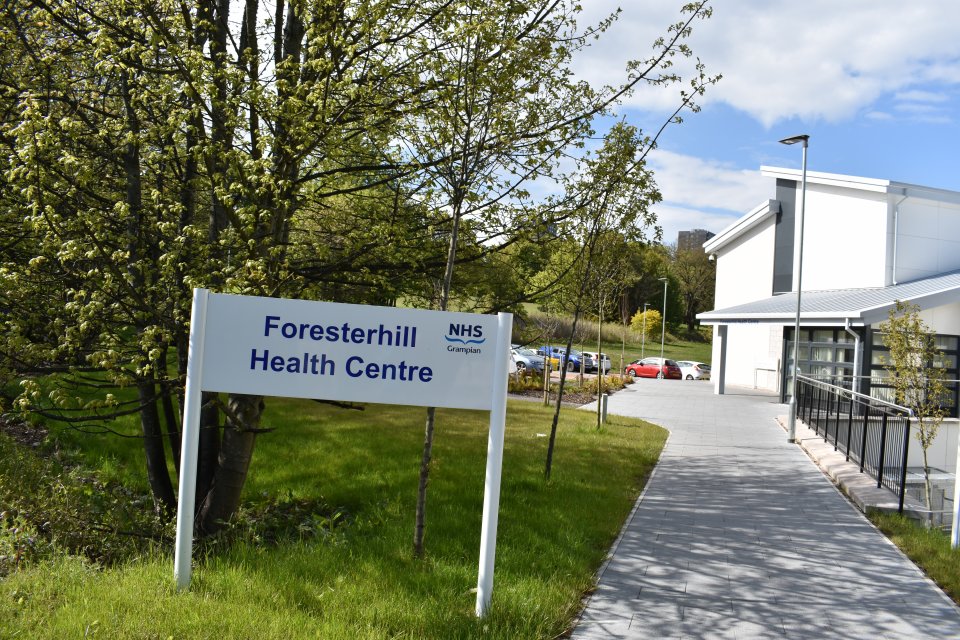
The Foresterhill campus, is the site of Aberdeen’s main hospital alongside the medical school and medical science departments of the University of Aberdeen. The campus is the largest hospital complex in Europe.
The Aberdeen Royal Infirmary was built in the early twentieth century on the edge of the urban area of Aberdeen. Through the course of the 20th century, the site has been developed incrementally, resulting in a campus that is illegible to pedestrians, dominated by vehicular circulation and infrastructure and lacking usable or accessible green space. The campus includes extensive areas of impermeable surfacing, with large scale parking areas that accelerate surface water runoff and contribute to significant downstream flooding in central Aberdeen.
The objective of the project is to reduce the areas of impermeable surfacing and develop a connected green network across the campus.
Key aims:
- Createa series of destination greenspaces
- Develop a connected green network across campus
- Develop an integrated water management system across campus
HEALTH
The green network will provide green spaces that encourage outdoor activity for all users of the site (patients, staff or visitors). The creation and enhancement of pathways through the site will improve the environment of the public realm. This will encourage healthy lifestyle choices and help users realise the therapeutic and clinical benefits of spending time in nature.
BIODIVERSITY AND FLOODING
Tree, shrub and wildflower planting and creation of new greenspaces will provide new habitat, wildlife corridors and stepping stones for local species. The inclusion of native confierous trees hopes to attract nearby red squirrel populations. The swales and wildflowers planted alongside will provide habitat for reptiles and wading birds. Mowing on rotation will ensure there are always areas of long grass for wildlife.
The proposed Sustainable Urban Drainage System (SuDS) design will slow the flow of surface run-off generated in heavy rainfall or storm events by attenuating water and reducing peak flows. The SuDs design will provide improved hydrological connectivity between surface water and the underlying soils which at present are largely disconnected by impermeable surfaces.
The increase in greenspace and trees will provide benefits, including carbon capture and storage, and increased shade which will help regulate potential increased temperatures in future climate scenarios, as well as interception of rainfall and improvement to soil porosity.
- Developing climate change adaptation; improving risk management and resilience
- Flood peak reduction
- Increase infiltration / Water storage
- Increasing infiltration
- Reduce flood risk
- Reduce load to sewer system
- Reduce run-off
- Carbon sequestration and storage
- Greater ecological connectivity across urban regenerated sites
- Improve connectivity and functionality of green and blue infrastructures
- Increase Biodiversity
- Increase quality and quantity of green and blue infrastructures
- Changing image of the urban environment
- Improve air quality
- Improve water quality
- Increase accessibility to green open spaces
- Increase amount of green open spaces for residents
- Increase social interaction
- Increase well-being
- Provision of health benefits
